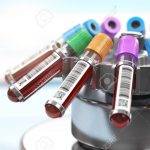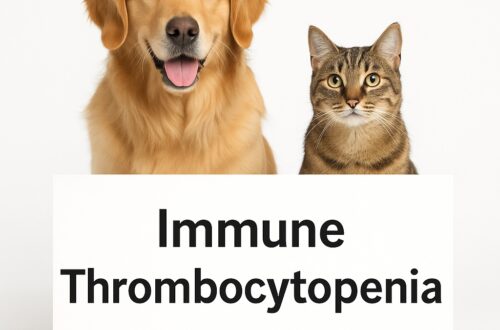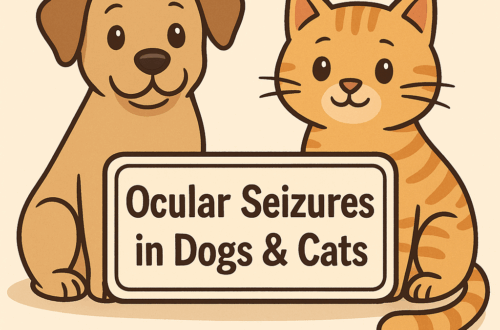I’ve previously written about a common kidney disease that affects our middle aged and older feline friends called chronic kidney disease. This week I wanted to share information about another kidney disorder that also can affect the same population. It is called polycystic kidney disease or PKD. I hope you find the post helpful and will consider sharing it with other cat owners. Happy reading!

What is polycystic kidney disease?
Polycystic kidney disease is an inheritable condition that results in the formation of multiple cysts throughout the kidneys. Genetically speaking, it is a point mutation in exon 29 of a specific gene called PKD1 that is inherited as autosomal dominant trait. This disease is reported to be the most common inherited disorder in feline medicine.

What does it look like?
Polycystic kidney disease can affect any breed and sex of cat. However, certain breeds are over-represented, including:
- Persians
- Himalayans
- Scottish folds
- British shorthairs
- Burmillas
- Chartreux
- Exotic shorthairs

This disorder usually affects both kidneys. Cyst formation occurs over the course of an affected pet’s life. The rate of cyst formation is variable. Cats usually remain clinically normal until the cysts disrupt enough normal kidney tissue to cause organ dysfunction. As such, affected patients don’t usually develop clinical signs until they are middle aged or older; the average age of onset of kidney dysfunction is 7 years of age.
The clinical signs of PKD are very similar to those seen in patients with chronic kidney disease (CKD) and include:
- Increased thirst
- Increased frequency of urination
- Weight loss
- Lethargy
- Reduced (or loss of) appetite
- Vomiting
How is PKD diagnosed?
After a reviewing a cat’s complete medical history, a veterinary will perform a thorough physical examination. Changes noted during examination often include enlarged and/or irregularly shaped kidneys, as well as a variable degree of generalized loss of muscle muscle.
After performing a physical examination, the veterinarian will recommend some diagnostic tests for patients suspected to be living with polycystic kidney disease. Specifically, they will recommend evaluating kidney function and structure, as well as checking for other organ system dysfunction. These tests may include:
- Complete blood count – to check red blood cells, white blood cells, and platelets
- Biochemical profile – to check blood kidney values and electrolytes (e.g.: potassium)
- Urinalysis – to check the concentration of urine, to assess the amount of protein in urine, and to look for evidence of inflammation and/or infection
- Urine culture – to definitively diagnose a urinary tract infection
- Blood pressure measurement – to screen for hypertension (high blood pressure) that is common in patients with kidney disease
- Urine protein:creatinine ratio – to quantify the amount of protein in a patient’s urine
- Abdominal imaging – radiographs (x-rays) and ultrasonography confirm the presence of cysts in the kidney tissue; occasionally computed tomography (CT scan) may also be recommended
- Polymerase chain reaction (PCR) assay – used to detect the genetic mutation responsible for PKD
- Kidney biopsy – not commonly performed for PKD, but may be recommended if other concurrent kidney disorder is suspected

How is it treated?
To date, there is no specific therapy for polycystic kidney disease. Interventions are largely supportive in nature and similar to those living with chronic kidney disease. Click here to learn more. Although these treatments can’t cure PKD, they can slow its progression.

The take-away message about polycystic kidney disease in cats…
Polycystic kidney disease or PKD is an inherited disease characterized by the formation of multiple cysts in the kidneys. Ultimately, the cysts cause kidney dysfunction and associated clinical signs. Although there is no cure for PKD, supportive therapies can slow disease progression.
To find a board-certified veterinary internal medicine specialist, please visit the American College of Veterinary Internal Medicine.
Wishing you wet-nosed kisses,
CriticalCareDVM




